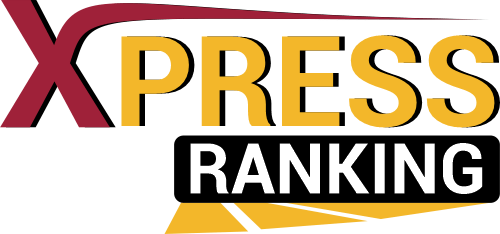In the technical SEO world, the practice of using long-tail keywords is on the rise in pursuit of making a website more discoverable. Learn how a set of three to four words can bring the desired amount of traffic to your site and ways to find the best long tail keywords for your website.
Today, pretty much everyone is acquainted with online shopping and searching queries over the internet. This has made “keywords” a buzz around the online world. We know for sure that you must be acquainted with the term, but let’s revise it a bit.
A keyword is a set of words that a user types into search engines to make online queries. As keywords form an integral part of a search query, it is essential to incorporate them into your content strategy to help search engines rank a web page and accurately discover the searched content.
There are several types of keywords in practice in the digital marketing domain; the main types are marketing segment keywords, customer or product-defining keywords, long or short-or mid-tail keywords, and many more. In today’s blog, we are about to discuss long tail keywords.
Let’s begin.
What is a long-tail keyword?
As the name implies, a long tail keyword consists of three to five words that target specific demographics and bring better results. These keywords are designed to reflect how people make queries in general, making them less competitive than generic keywords. With these keywords, the goal is to bring high-quality traffic that has a higher potential to turn into conversions.
Usually, a user starts with a simple result to search on the internet. As he begins to find the helpful search, he begins to put more specific keywords to search for particular ideas, products, or services. This factor makes the long tail keywords a crucial tool to separate successful businesses from the rest.
Now let’s try to see long-tail keywords from the SEO perspective.
Importance of long tail keywords from an SEO perspective
Research suggests that more than 70% of search queries contain long-tail keywords. It has now become a norm as users are more inclined to use voice search than text search. This means the user makes an internet query in the same language they talk to a person—which is identified as natural language. Therefore, it is essential to use long tail keywords to gain the attention of such users, lead to more conversions, and kickstart the process of the buyer’s journey.
Now to answer the question straight, long tail keywords are critical from an SEO perspective.
The reason why long tail keywords bring positive results is that it has multiple words that can make ideas more specific to the search engines. This allows the user and the website owner to gain better results. For instance, attracting the right users improves a website’s performance and brings new customers into the sales cycle; on the other hand, customers receive content that meets their requirements. This is a win-win situation. As a cherry on top, the personalization option for long-tail keywords can increase the chance of success.
Creating a list of relevant long-tail keywords for your website can be beneficial when you are putting content on your website. Repeating the exact keywords across every page isn’t a healthy SEO practice. This is why businesses need to be prepared with a long list of keywords to optimize their sites.
For instance, if you own a local bakery, adding the phrase “near me” can help customers feel more connected with the language. Take example,
“best bakery near me” or “buy organic coffee beans near me” are brilliant long-tail keywords that a customer usually uses at the end stage of their buyer journey by using long tail keywords.
Ways to find long tail keywords for your website
For a successful business, the first prerequisite is to have a unique product or service. As a business owner, you should have a clear understanding of what uniqueness your service or product is bringing to the users. This way, it will be easier for the customers to realize that they won’t get this product anywhere in the market—expanding the chances for more business opportunities.
Write down the phrases that come to your mind during this process, write them all down, and add generic phrases like “near me” to create an effective long tail keyword. Another way to get started is to see what keywords your competitors are targeting on their websites. This will give you some idea about keywords in practice in your domain and help you come up with the best ones to target your audience base. Ensure to incorporate these points in your keyword marketing research to gain optimal results.
Also, evaluate the following factors to enhance your keyword optimization process.
- Don’t focus on the most popular keywords – This is essential as most popular keywords are often hard to rank. The only bright side of targeting popular keywords is to attract a good number of visitors to your website.
- Go for less competitive keywords – This holds true for websites that are starting out. This is because it is hard for new websites to compete with the ones that have been established in the industry—those who go after popular keywords in competitive ranking verticals.
- Use relevant keywords – Using relevant keywords allow the users to understand the nature of your business and land them on the desired content. This practice saves their time, thus creating a richer buying experience.
We hope the blog helps you understand the significance of long-tail keywords to bring traffic to your website. Just remember that using keywords is a trial-and-error process that needs continuous monitoring. There will be keywords that will perform better than others; try to figure out the reason behind it and apply it to the rest of the keywords on your site.
If you have any further questions regarding the subject, let us know in the comment section.



